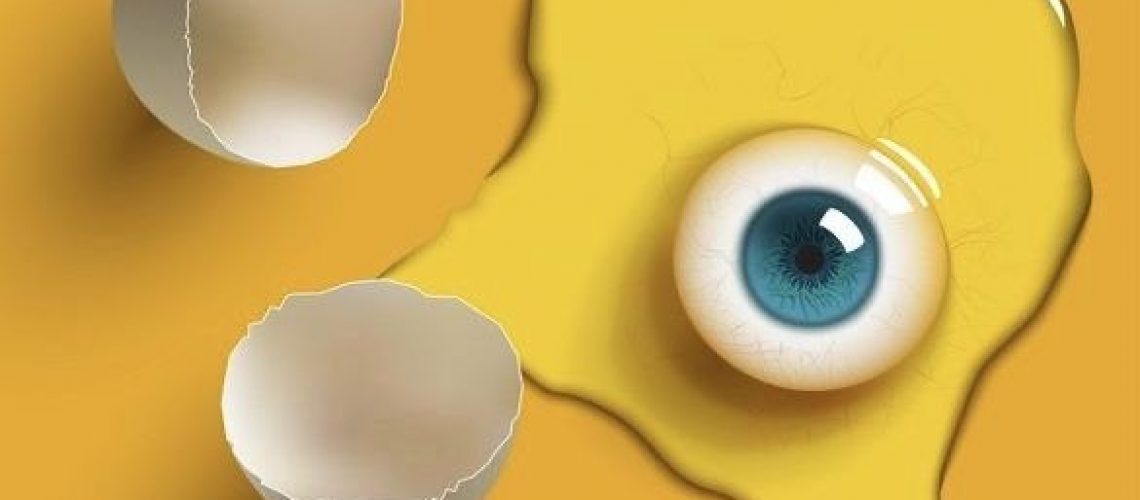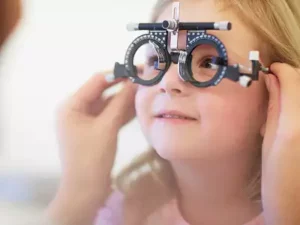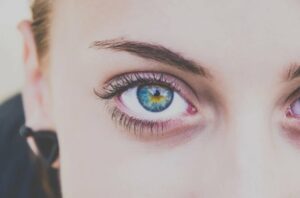There are four refractive errors: Myopia (Nearsighted), Hyperopia (Farsighted), Astigmatism (Distorted vision), Presbyopia (Reading issues at 40 y/o)
Refractive error = vision problems
in simple words, they happen because the shape of your eye does not bend light properly affecting the refractive mechanism. They are the number one cause of blindness worlwide.
Myopia and hyperopia can be inherited and are typically detected in childhood.
People with astigmatism have an irregular cornea, which causes the rays of light to be projected at several focal points. As a result of this, their vision is more complex as they have distorted vision from far and near.
Normal vision 20/20.
People with a AV (visual acuity) of 20/200 are considered legally blind.
Your brain plays a key role in this part. When it come to vision, the eyes do one part of the job and the second part is done by the brain. Your brains rely so much on your eyes that our vision accounts for two-thirds of the electrical activity of the brain.
In the mean time, if you are having vision problems go to a trustworthy optometris or ophthalmologist to have your vision and eyes checked.
symptoms may include: frequent headaches, difficulty reading, not recognizing faces, eyes feel tired, squinting, double hazzy vision, seeing a glare of light.
if you suffer from migraine, vision problems can make it worse.
As stated in the Journal of Behavioral Optometry, 80% of what we learn is obtained through visual processing of information.
Our vision is the primary sense by which we learn, it’s very simple to understand how poor vision can dramatically interfere with a childs ability to learn, interact and cause learning related vision problems.
According to the American Optometric Association (AOA), infants should have their first comprehensive eye exam with an Optometrist at 6 months of age and then another one at 2-3 years of age and then right before they enter kindergarden or first grade.
A proper comprehensive eye evaluation by an optometrist or an ophthalmologist should detect any problems in your vision. They will take your vision, see how it is, if you have blurred vision they will refract your eyes and detect the refractive error, then they measure it and once they have a result they will try some lenses and hopefully clearing your vision.
Your doctor has to take the time to explain how your eye works and clear any doubts you might have. He has to show you how to read a prescription. Inform you of what to expect when using eyeglasses for the first time or changing prescription.
If you have any questions or doubts please feel free to comment and i will happily answer any question.





